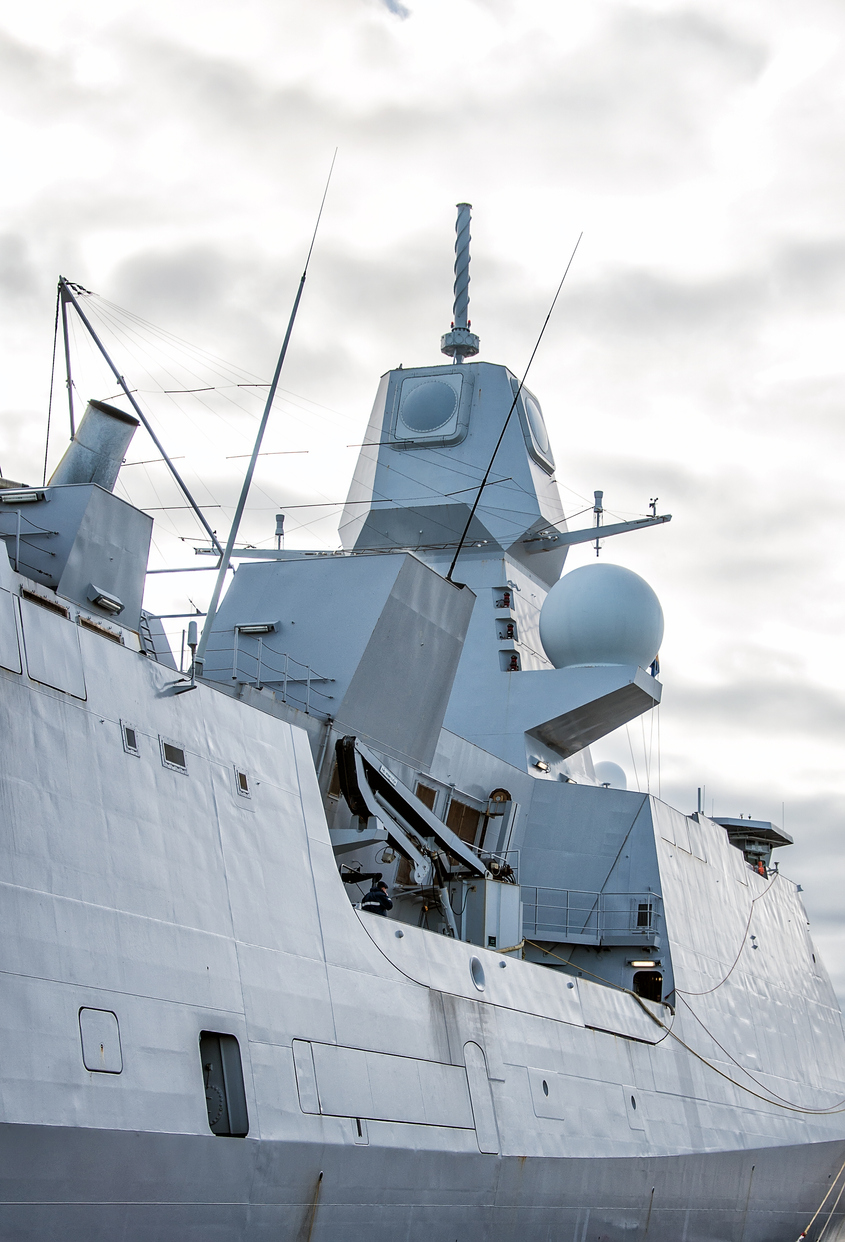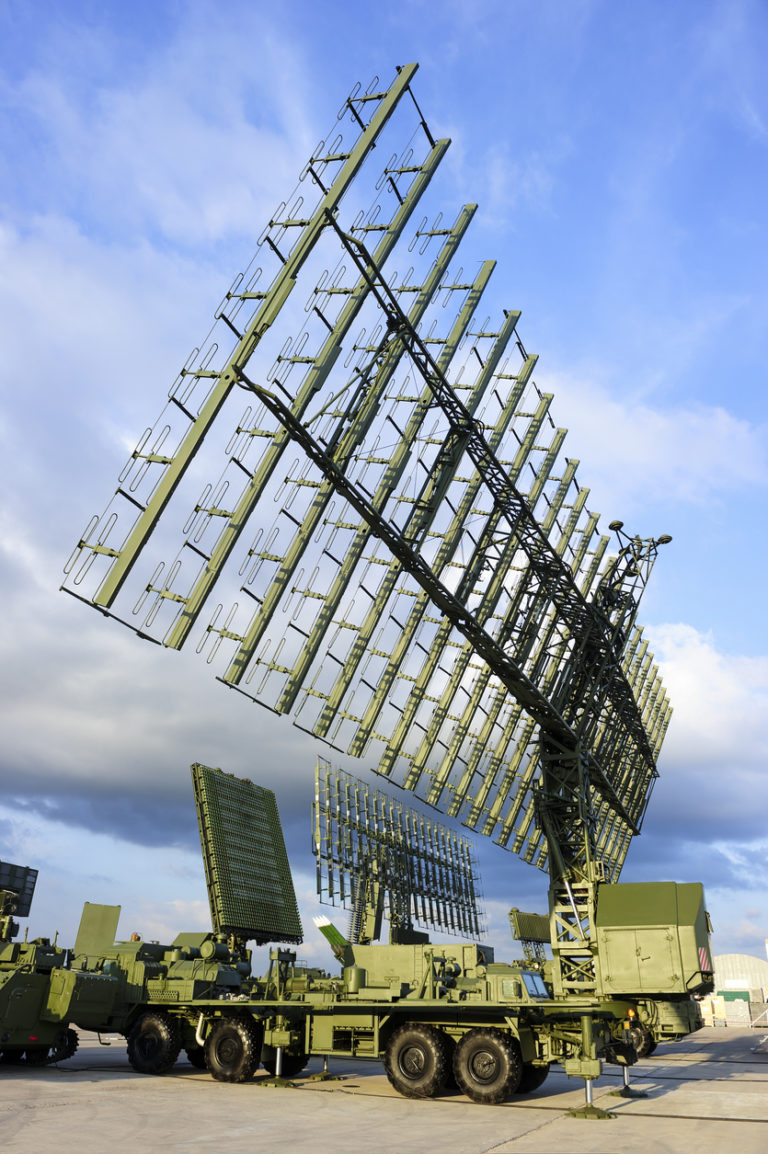Communication Electronic CounterMeasures in Stand-in Jammer Task

In terms of operating platforms, the CECM exploits its capability either on Stand-Off or Stand-In platforms, respectively with the specific deployed jammer.
One of the most effective counter-countermeasure (CCM) against jamming is frequency-hopping (FH) strategy (the frequency of the carrier changes every xx fractions of second) that can heavily compromise the effectiveness of an SOJ mission because of the propagation time: the delay of the jamming action depends on the long-distance the SOJ platform operates from.
For instance for an SOJ A/C positioned at 100 Km from the radio link to be jammed the propagation delay will be 667 μsec, far longer than the FH dwell time of almost all the radios.
A modular, high-performance electronic warfare solution for ISR and EA against radars and communications forecasts the use of unmanned platforms to remedy this serious gap.
Unmanned aerial and/or surface vehicles (UAVs and/or USVs) act as electronic warfare (EW) platforms to enable operations on the forward edge of the battlefield for stand-in ISR and close interdiction of radar, communications and other enemy systems dependent on EMS.

Figure 1: Unmanned net-centric solution rationale
This net centric approach allows UAVs and/or USVs to conduct electronic warfare missions in concert with other manned and/or unmanned aircraft and/or surface systems in a multi-node approach even against the more capable air, ground and naval integrated defence systems.
The capability to network EW Systems on-board different platforms opens the possibility to connect in real time a Special Mission Aircraft (SOJ, EWAC, SIGINT, MPA …) to a mission package composed by unmanned platforms carrying comm-jam (CECM) payloads.
The Special Mission Aircraft will act as Mission C&C with the privilege to change and/or to modify in real time the mission instructions and the Mission Data Packages (MDP).
The special mission aircraft will fly at very high altitude and at a safe distance from the playground in order to have a good visibility of the Electromagnetic Order of Battle (EOB) while the mission package will fly at a very low altitude (in order to be as less detectable as possible) towards the playground.
The special mission aircraft can download the updated mission data package in the combat platforms (real time information) and can act as early warning giving to the mission platforms the indication of incoming threats (according to the EOB and to the platform course).
An operational example of a networked jammer attack is shown in Figure 2.
A classification of Electromagnetic actions (Electronic Counter Measures) is given in the “Communication Electronic Counter Measure (CECM) in Stand-Off task” form.
In case of attack made with small, unmanned platforms, a peculiarity of the Stand-In action, given by the network, is that, while the jamming and deception activities are performed by the attacking platforms the Interception and listening (ES support to the ECM action) is performed by the Mission C&C platform.

Figure 1: SIJ typical air-to-air and air-to-ground scenario
The Stand-Off A/C, using a dedicated EW link (thanks to the RX/TX capability of the jammers), performs the coordination of the mission. The mission consists in a defence activity performed by UCAV1 and attack activities performed by UCAV2 and UCAV3.
The effectiveness of the CECM depends on several factors (see: “Communication Electronic Counter Measure (CECM) in Stand-Off task” form) but the main one is surely the distance of the jammer from the victim radio link.
The first reason of that is related to the power to be transmitted that will decrease as soon as the jammer gets closer to the radio link (with very positive impact on transmitter SWAP).
The second reason is related to propagation time: the delay of the jamming action is heavily influenced by the position of the COMMJAM with respect to the victim radio link.
Modern radio link use, as ECCM, frequency hopping strategies (the frequency of the carrier is changed any xx fractions of second, for instance in case of 4000 hops per second it will be any 250 μsec).
In most cases this will impede the use of the follower jamming (follower jamming consists in reception and re-transmission of the signal, with or without modulation superimposed, that allows to reply with coherent signals positioned within the hop).
As already stated before for a SOJ A/C positioned at 100 Km from the radio link to be jammed the propagation delay will be 667 μsec.
Taking into account that a further delay for the jammer intrinsic response time must be added, the maximum hop rate that can be jammed is about 500 hops per second.
Faster hop rates will require the use of techniques like TDM (Time Division Multiplexing) or FDM (Frequency Division Multiplexing) [*].
Figure 3 gives an example of distance latency evaluation vs jammer position in case of a closer Stand-In platform.
[*]Note:
• Every doubling of TDM cardinality still provides the same peak power but reduces the time persistence on the single target by a factor of two.
• Every doubling of FDM cardinality still provides the same time persistence on the single target frequency but reduces the peak output power per target frequency by 6dB.

Figure 2: Influence of UCAV position in distance latency evaluation






![Passive Direction Finding [DF] Techniques – Phase Comparison Passive Direction Finding [DF] Techniques – Phase Comparison](https://www.emsopedia.org/wp-content/uploads/2021/04/iStock-545810334.jpg)










